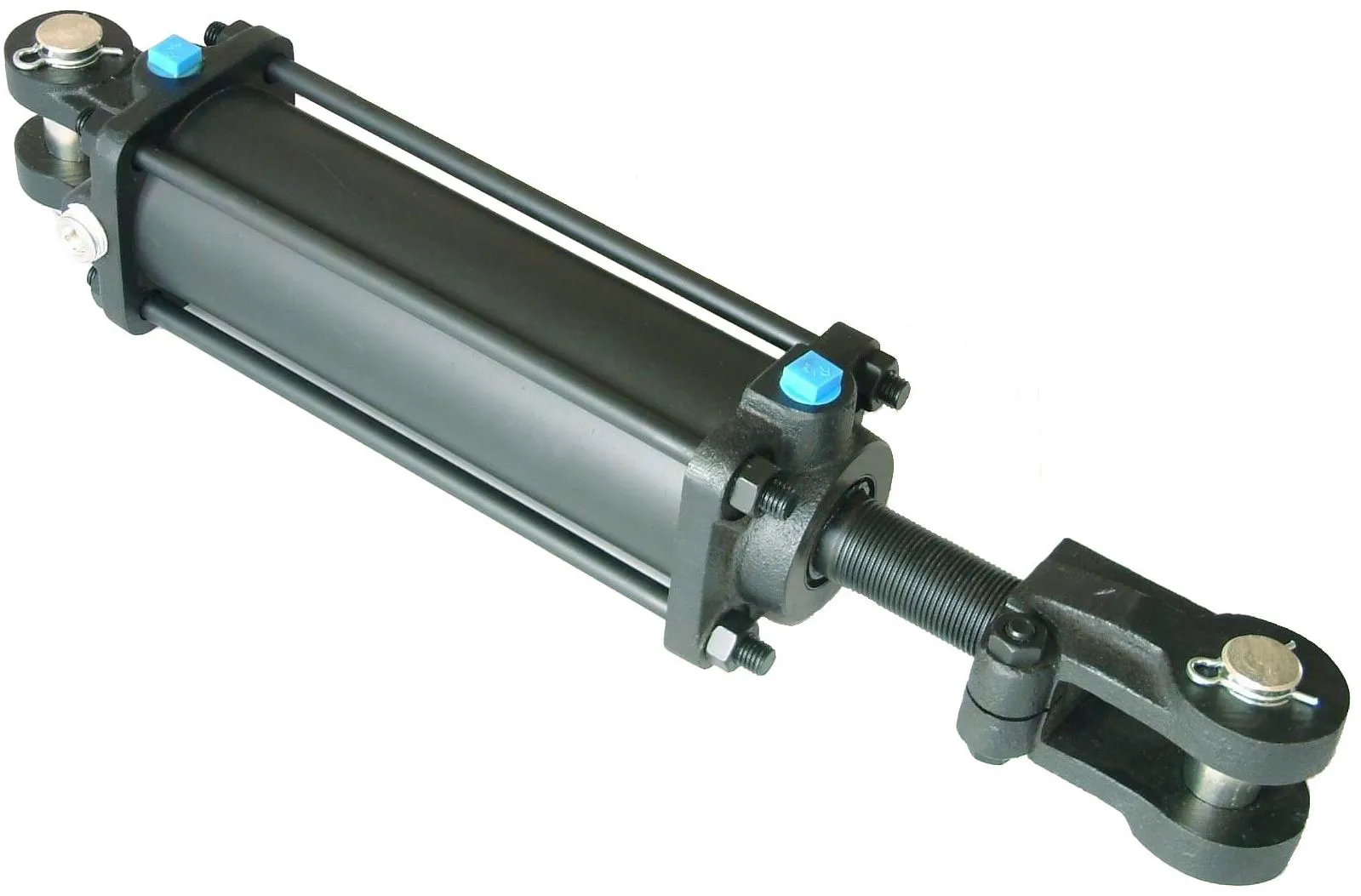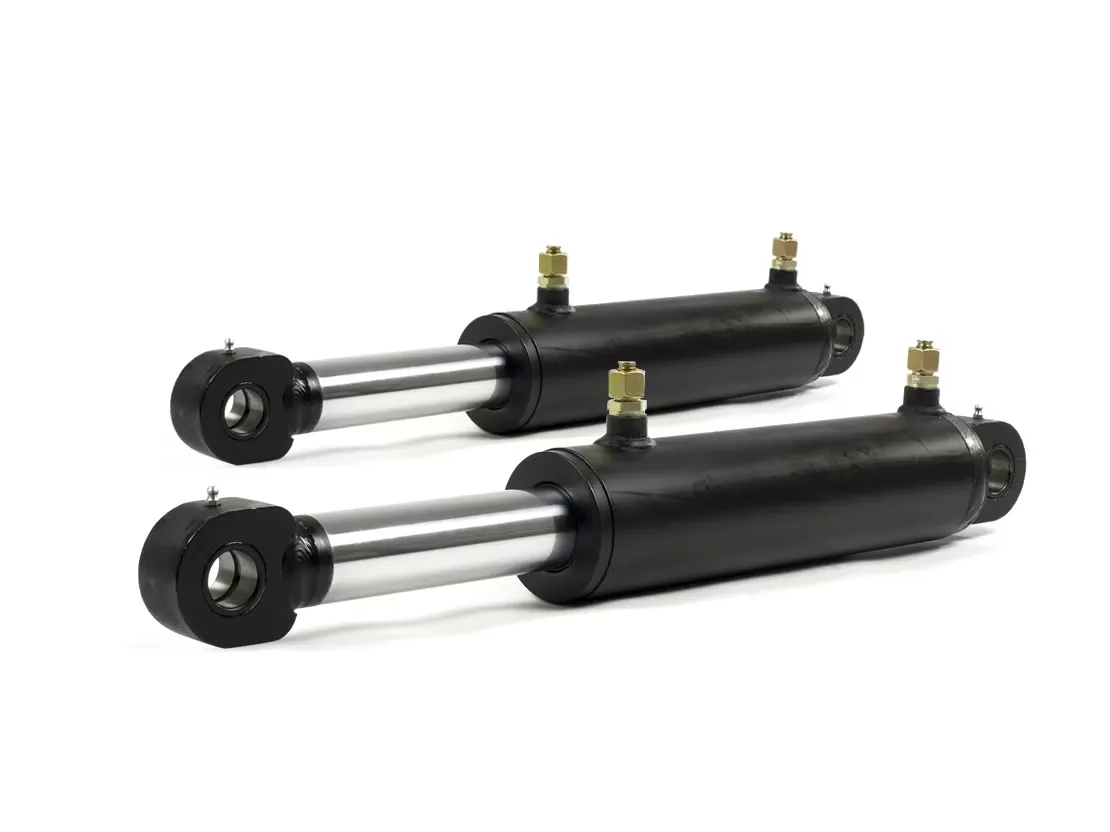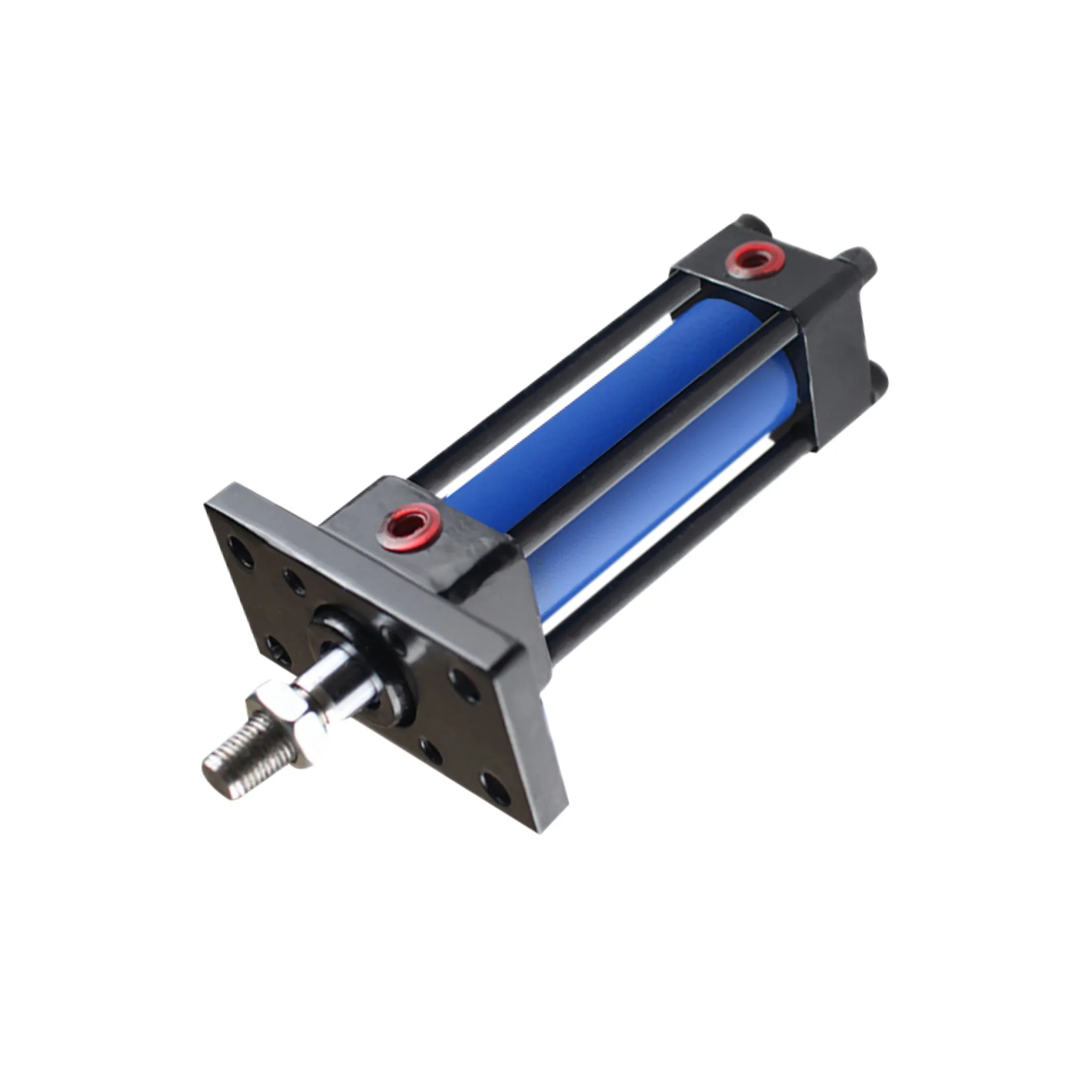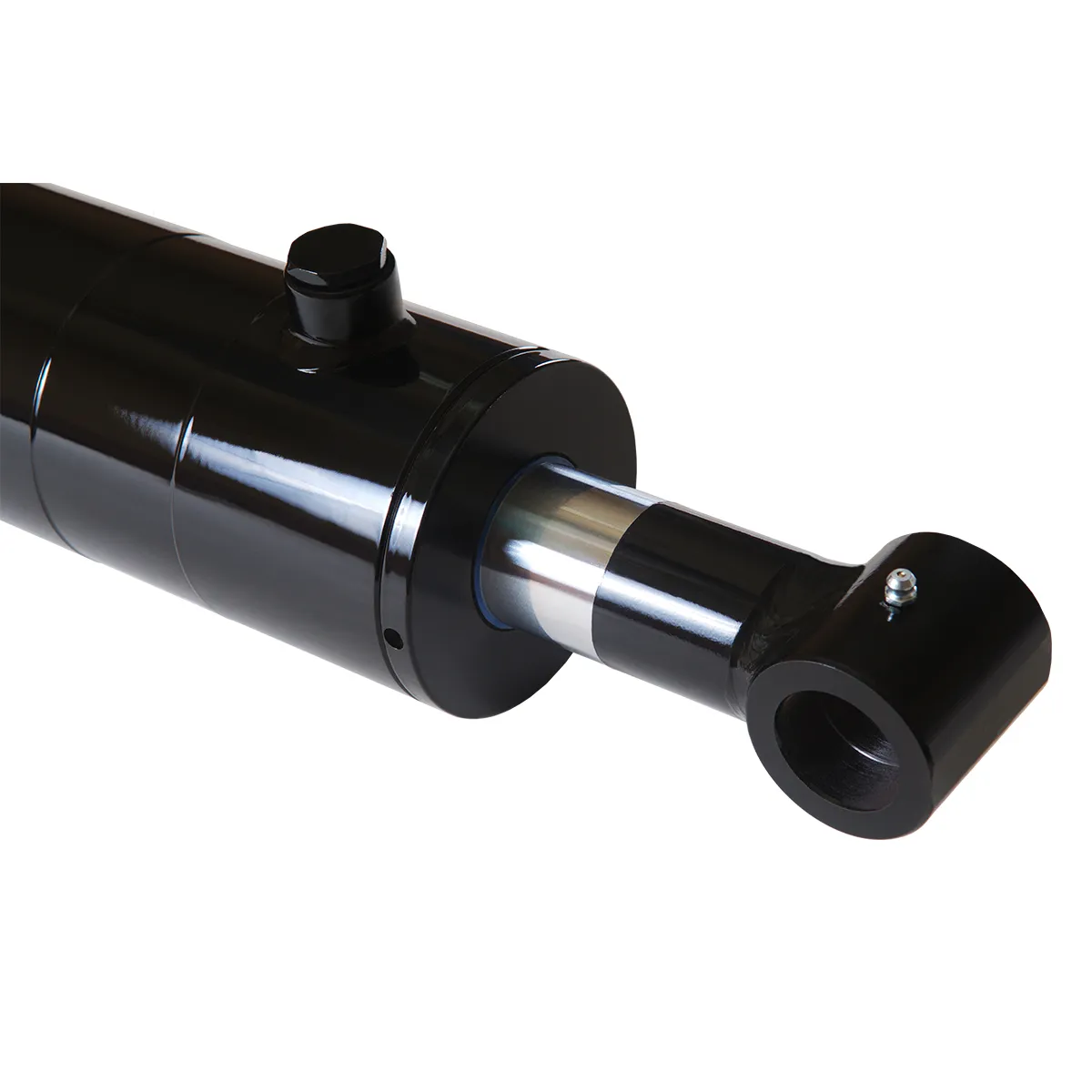The Significance Of Regulatory Compliance In Telescopic Single-Acting Hydraulic Cylinder Operations
Introduction to Telescopic Single-Acting Hydraulic Cylinders
Telescopic single-acting hydraulic cylinders are essential components in various hydraulic applications due to their unique design and functionality. These cylinders are designed to provide controlled linear motion and are commonly used in lifting and pushing applications where a compact yet powerful solution is needed.
Design and Construction Characteristics
- Outer Cylinder: The external stage of the cylinder that houses the internal components
- Internal Stage: The internal stages that allow gradual expansion, typically in a two or three-stage design
- Piston: The component responsible for pushing hydraulic fluid
- Seals: Various types of seals, such as O-rings and wiper seals, play a crucial role in preventing leaks and maintaining pressure
- Materials: High-strength steel for durability, aluminum for lightweight applications, and corrosion-resistant coatings
Working Principle
Telescopic single-acting hydraulic cylinders operate by applying hydraulic pressure in one direction to extend the cylinder’s length from a compact form. The cylinders use a spring or gravity to contract, allowing for controlled movement.
Types and Configurations
There are three main types of telescopic single-acting hydraulic cylinders, each with unique configurations to suit different applications. These cylinders offer space efficiency, high force output, and versatility across various industries.
Advantages of Telescopic Single-Acting Hydraulic Cylinders
- Space Efficiency: Achieve significant expansion while remaining compact
- High Force Output: Generate large amounts of force in lifting and driving applications
- Versatility: Adaptable across industries such as construction, agriculture, and transportation
Application Scenarios
Telescopic single-acting hydraulic cylinders are ideal for applications requiring space efficiency, high force output, and versatility. They are commonly used in dump trucks, construction equipment, and marine environments.

Design Considerations and Selection Criteria
When selecting telescopic single-acting hydraulic cylinders, factors such as bearing capacity, sealing, durability, safety, and maintainability should be carefully considered to ensure optimal performance and longevity.
Sealing and Lubrication
Proper sealing and lubrication are essential for the performance and longevity of telescopic single-acting hydraulic cylinders. Various seals and wear-resistant materials are used to prevent leaks and maintain smooth operation.
Maintenance and Troubleshooting
Regular inspection, proper lubrication, and preventive maintenance measures are crucial to ensuring the reliability and safety of telescopic single-acting hydraulic cylinders. Troubleshooting tips and solutions can help diagnose and solve common problems.
Unit Power and Optimization
The unit power of telescopic single-acting hydraulic cylinders is influenced by factors such as cylinder diameter, operating pressure, piston speed, and load conditions. Optimizing the power unit can improve efficiency, energy saving, and reliability.
Common Questions
Common questions about telescopic single-acting hydraulic cylinders include how they differ from standard cylinders, their primary components, applications, advantages, working mechanism, and construction materials.
Long-Tail Keywords

Three long-tail keywords related to telescopic single-acting hydraulic cylinders are listed and explained to provide a comprehensive understanding of the topic.

Our Company
We are a leading hydraulic cylinder replacement manufacturer with a complete product line and international certifications. Our company offers customized services, state-of-the-art production equipment, and exceptional after-sales support to meet the needs of our customers.

Author: lyl
